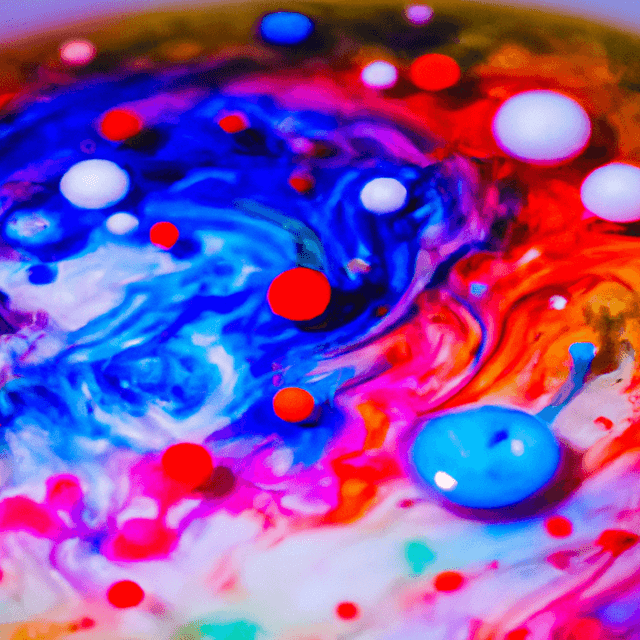Hypothesis
Overview
Scientific Terms
Materials
Procedure
Results
Conclusion
Also consider
References
Related videos
Hey there! Here are some awesome videos about this science project that we think you'll really like. They're not only super fun, but they'll also help you learn more about the science behind the project. So sit back, relax, and get ready to have some fun!!
Who would have thought that simply adding soap to milk could create such an exciting show of colors in motion! Learn about the chemical reactions behind the magic milk science experiment and explore the different things you can change in the experiment!
You can create a colorful work of art with the magic milk science experiment by dipping a piece of paper onto the milk when you have a colorful masterpiece you want to capture!
Have you ever wondered what happens when you combine a giant tray of milk, drops of food coloring, and a cotton ball soaked in soap? The answer is a continuous dance of colors on the surface of the milk! If you don't believe us, check out the video, or better yet, try it out yourself!

